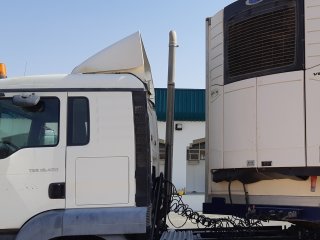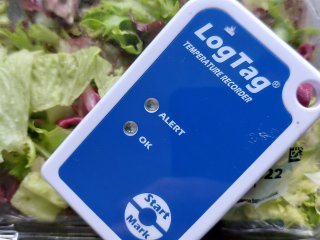
Transport practices for lettuce
Transport of fresh products like lettuce generally takes place in (refrigerated) trucks, reefer containers, or by plane. Checks and proper loading are always important to maintain good (temperature) conditions for the product during transport. For fresh products, refrigerated transport is often necessary. Trucks and reefers can maintain a low temperature, but do not have enough cooling capacity to lower the product temperature. Therefore, products must be pre-cooled before entering the refrigerated truck or reefer. Careful driving and handling are essential to prevent damage to produce from mechanical actions.

Optimal transport conditions
Loading and transport of lettuce from the field or the greenhouse to the packhouse should immediately follow harvest; it is essential that lettuce is cooled as soon as possible. Pre-cooling of the lettuce, usually to a temperature around 0.5 °C, is absolutely necessary before the product enters the refrigerated truck or reefer for further transport. Controlled Atmosphere (CA) has only a limited benefit for lettuce quality. However, for long (overseas) transport duration CA can be applied. Fresh-cut is often already packaged under Modified Atmosphere (MA) with low O2 and high CO2 and should not be combined with CA. Mixed loads with ethylene producing products must be avoided.



